7 Tips to Know Before Buying Cottage Garden Perennials: A Guide for the Discerning Gardener
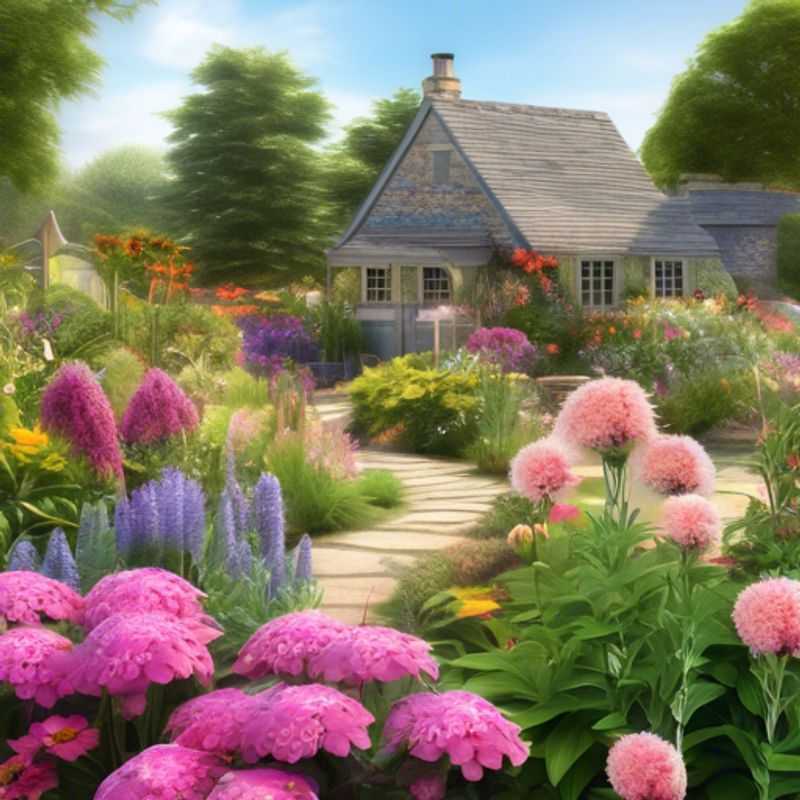
7 Tips for Choosing Cottage Garden Perennials: Climate, Size, Sunlight, Resistance, Bloom Times, Height & Texture, Soil Preparation
Ah, cottage gardens. A symphony of colors, textures, and fragrances, they capture the essence of a charming, informal style. But before you dive headfirst into planting, let's delve into a few essential considerations, shall we? These tips will ensure your cottage garden flourishes, much like a well-engineered system.
1. Climate and Soil Compatibility: Just like a building needs a strong foundation, your plants require the right environment. Understand your specific climate and soil type. Research perennials that thrive in your conditions, guaranteeing their resilience and longevity.
2. Size Matters:

Choosing the Right Plants: A Guide to Climate & Soil Compatibility
Choosing the right plants for your garden is crucial for ensuring their health and vitality. Start by assessing your climate, which includes factors like temperature, humidity, and rainfall patterns. Different plants thrive in different climates; for example, succulents prefer arid environments, while ferns need more moisture. Next, evaluate your soil conditions, including pH levels, drainage, and nutrient content. Conducting a soil test can provide essential information to guide your choices.
When selecting plants, consider native species as they are adapted to local conditions, require less maintenance, and support local ecosystems. Additionally, look for plants that are known for their drought resistance or frost tolerance if your climate presents such challenges. It's also important to think about the sunlight requirements of each plant; some thrive in full sun, while others prefer shade.
Lastly, when developing your planting plan, factor in any paid activities such as soil amendments, fertilizers, and professional landscaping services, which can enhance the growth of your selected plants. Remember, investing time in research and planning will yield a thriving garden that complements your unique climate and soil conditions.
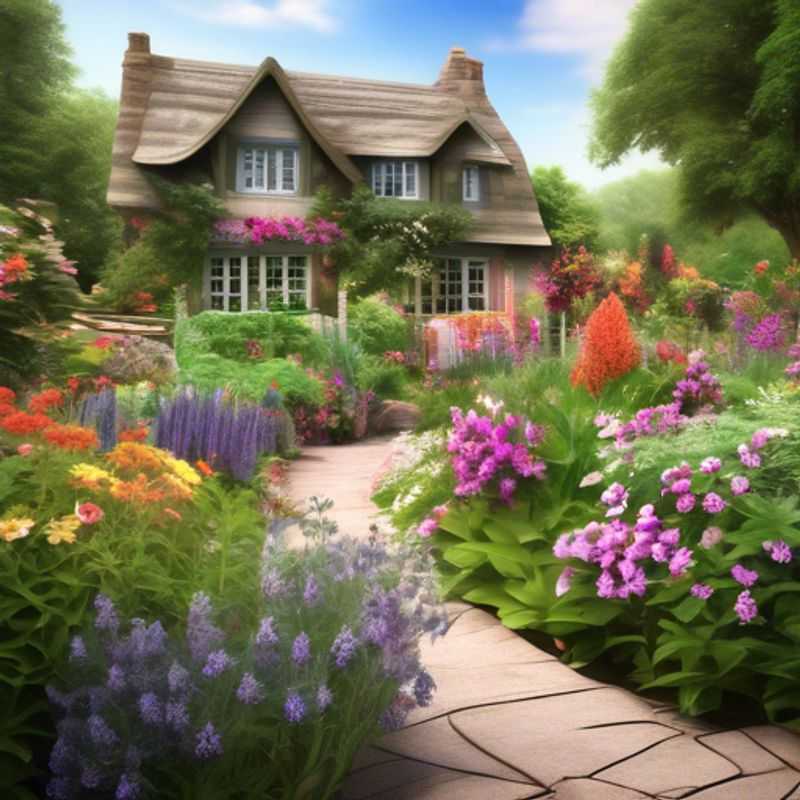
Think Big: Planning Your Garden with Mature Plant Sizes in Mind
Planning your garden layout? Don't forget to consider the mature size of your plants! It's crucial for a beautiful and harmonious garden. Failing to do so can lead to overcrowding, competition for resources, and an overall less aesthetically pleasing space.
Take the time to research the mature size of each plant you plan to include. This information is readily available online and in plant guides. It's often listed as height and width, but also consider the spread or canopy of the plant. This will give you a more accurate idea of its ultimate space requirement.
When arranging your plants, consider not only their mature size but also their growth habit. Some plants are upright and compact, while others are spreading or trailing. This helps you plan the flow and overall structure of your garden.
Remember, it's always better to leave a little extra space between plants. This allows for adequate airflow and sunlight penetration, preventing issues like disease and pest infestations. It also provides room for future growth and ensures that each plant can reach its full potential.
Planning for mature size ensures a healthy and vibrant garden that you can enjoy for years to come.

Sun-Smart Gardening: Researching Sunlight Needs for Perennial Powerhouses
When planning your perennial garden, understanding each plant's sunlight requirements is essential for their health and vitality. Sunlight preferences can vary dramatically between species. To ensure your perennials thrive, carefully research the specific needs of each variety you choose. This vital information will help you select the best location for your plants, whether it's a sunny border, a partially shaded area, or a shady nook.
Don't assume all perennials need the same amount of sun. Some, like lavender and coneflowers, love full sun (6+ hours daily), while others, such as hostas and ferns, thrive in shade (less than 4 hours daily). Many perennials fall somewhere in between, needing partial shade (4-6 hours daily).
Be mindful of your climate. In hotter regions, perennials may require more shade during the peak sun hours.
Consulting a reputable garden center or nursery is a valuable resource. They can provide detailed advice on the sun requirements of specific varieties and help you choose the best plants for your location and growing conditions.
Keep in mind that understanding the sunlight requirements for your perennials is just the first step in creating a successful garden. Other factors to consider include soil type, drainage, and water needs. By carefully researching and considering these factors, you can set the stage for a thriving and beautiful perennial garden for years to come.
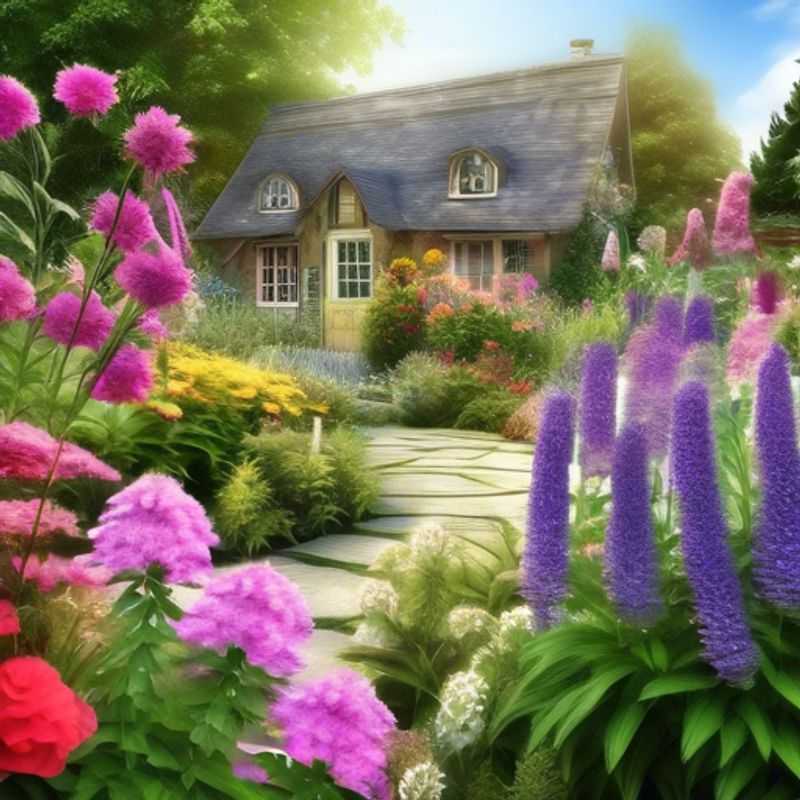
Cultivating Convenience: Disease-Resistant & Low-Maintenance Plant Varieties
Choosing disease-resistant and low-maintenance cultivars can save you time, money, and frustration in the long run. It's a smart strategy for any gardener, but especially for those with limited time or experience. These cultivars are bred to be naturally resistant to common diseases and pests, minimizing the need for chemical treatments and frequent maintenance. This means less time spent battling bugs and more time enjoying your garden!
Here's a breakdown of the benefits:
Disease Resistance: Disease-resistant cultivars have been bred with genes that make them less susceptible to common diseases, which translates into healthier plants and fewer problems. This reduces the need for fungicides and other chemical treatments, promoting a healthier environment for you and your plants.
Low Maintenance: Low-maintenance cultivars often have traits that require less effort. These might include:
* **Drought Tolerance:** They can survive with less watering, which is ideal for busy schedules or dry climates.
* **Self-Cleaning:** They naturally shed dead flowers and leaves, minimizing the need for deadheading and cleanup.
* **Compact Growth:** They stay tidy without needing constant pruning.
Where to find information: Look for information on plant labels, seed packets, online resources, or contact your local nursery or garden center. They can provide tailored recommendations for your specific climate and growing conditions. Remember to always double-check the information provided, especially for specific cultivars. Doing your research and choosing wisely will significantly benefit your gardening experience.
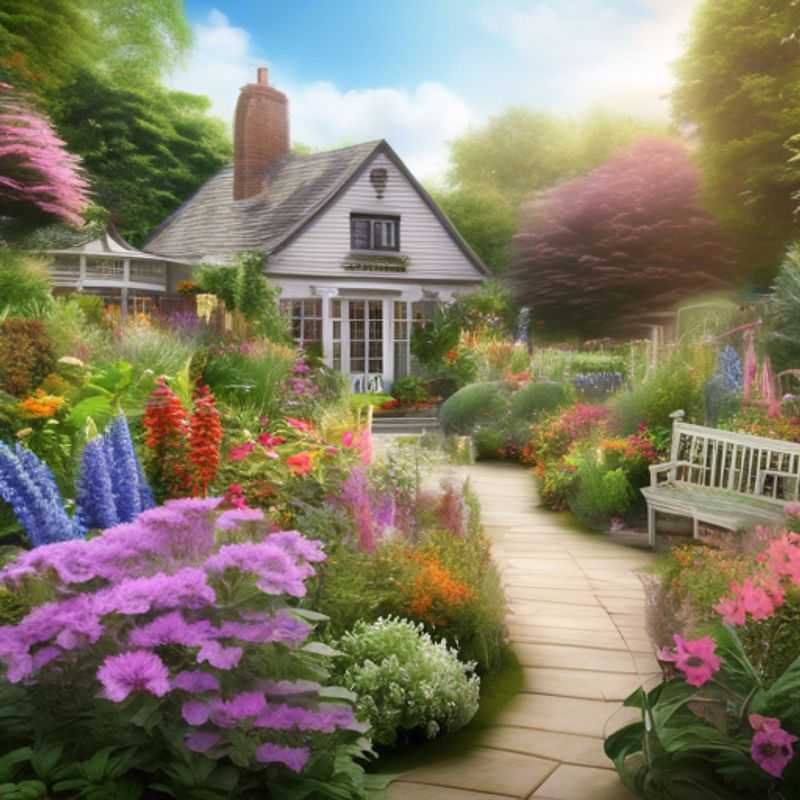
Extend Your Garden's Beauty: Planning for Staggered Bloom Times
Want to enjoy a vibrant garden bursting with color all season long? The key is to plan for staggered bloom times! By strategically selecting plants that flower at different times, you can ensure a constant cascade of blossoms from early spring to late fall.
Think about the calendar: Start with early bloomers like crocuses and daffodils in the spring, followed by mid-season bloomers like peonies and roses. Round out the season with late bloomers like chrysanthemums and asters. You can also mix in annuals that thrive in different seasons, like pansies for early spring, zinnias for summer, and violas for fall.
Don't forget about plant size! A mix of tall, medium, and low-growing varieties adds visual interest and creates a cohesive look. Also, consider the amount of sunlight each plant needs. Group plants with similar needs together to ensure healthy growth.
Additional tips: Pay attention to the bloom time information on plant tags. Use online resources like plant databases to help you choose plants with staggered bloom times. Once you have a plan, consider purchasing some additional annuals throughout the season to fill in any gaps and extend the flowering season even further.
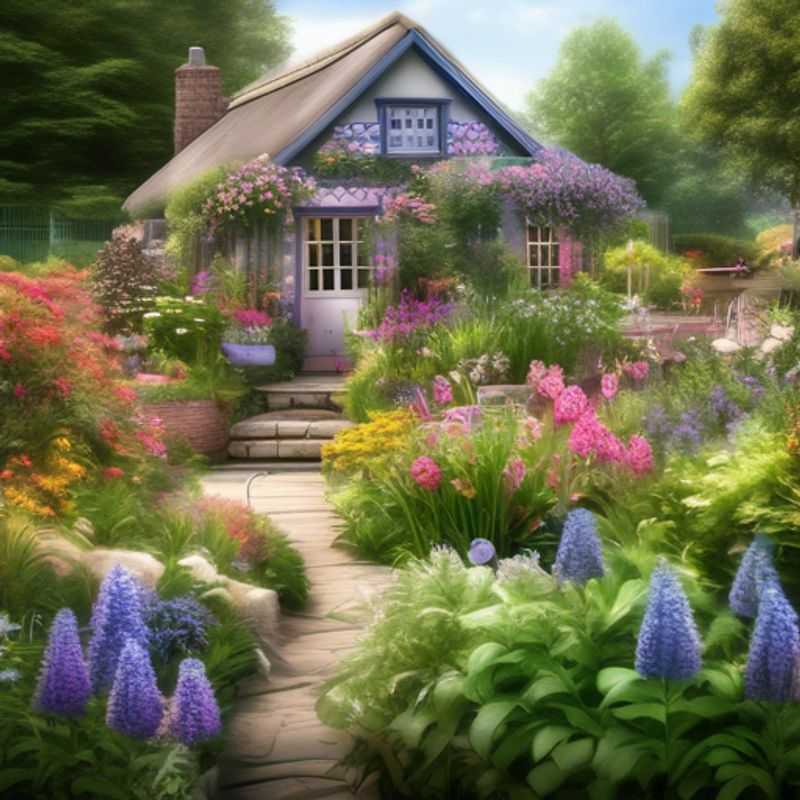
Level Up Your Design: Mixing Heights and Textures for Visual Interest
Incorporating a mix of heights and textures in your space is a design technique that adds visual interest and depth. Think of it as creating a visual landscape within your home. It's about breaking up the monotony of flat surfaces and introducing elements that draw the eye and create a sense of intrigue.
Here's how to achieve this:
Heights: Use furniture of different heights to create visual layers. A tall bookshelf next to a low coffee table, or a high-backed sofa with a small accent chair, will create visual interest and break up the space. You can also use plants of different heights to add a natural touch.
Textures: Introduce different textures to your space to stimulate the senses. This could be through your furniture, rugs, wall coverings, or even artwork. For example, a smooth leather sofa next to a chunky knit throw, or a sleek glass table paired with a rough wood floor. The contrast in textures creates visual richness and makes your space feel more dynamic.
Remember:
Don't go overboard with too many textures or heights. Too much visual stimulation can overwhelm the eye. Strive for a balance of textures and heights that create a harmonious and inviting space.

Unlocking Plant Potential: The Key to Preparing Soil for Healthy Growth
Preparing the soil is the foundation for healthy plant growth. It's like giving your plants a good starting point for a thriving life. Think of it as creating the perfect home for your plants to flourish in.
First, you need to understand your soil type. Is it sandy, clay, or somewhere in between? This will determine how well it drains and retains moisture. Knowing this will help you make informed decisions about how to amend your soil.
Soil amendments are key. For instance, if your soil is too dense, you might need to add compost or peat moss to improve drainage. If it's lacking nutrients, you can incorporate fertilizer. These additions provide your plants with the necessary food and water for healthy growth.
Testing your soil is a good idea. You can purchase inexpensive soil testing kits to determine its pH level. Most plants thrive in slightly acidic to neutral soil. Adjusting the pH with lime or sulfur might be needed based on the results.
Tilling or digging your soil helps aerate it and break up any compacted areas. This allows roots to spread and access water and nutrients more easily. Consider using a garden fork or tiller, depending on the size of your garden. You can also improve drainage by creating raised beds or planting in containers.
Don't forget about weeds. They compete with your plants for resources. Removing weeds before planting is essential. Mulching helps suppress weeds and retain moisture. You can use organic materials like wood chips, straw, or shredded leaves.
Preparing your soil is an investment in the health of your garden. It might seem like an extra step, but it makes a significant difference in the long run.
